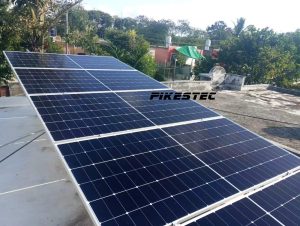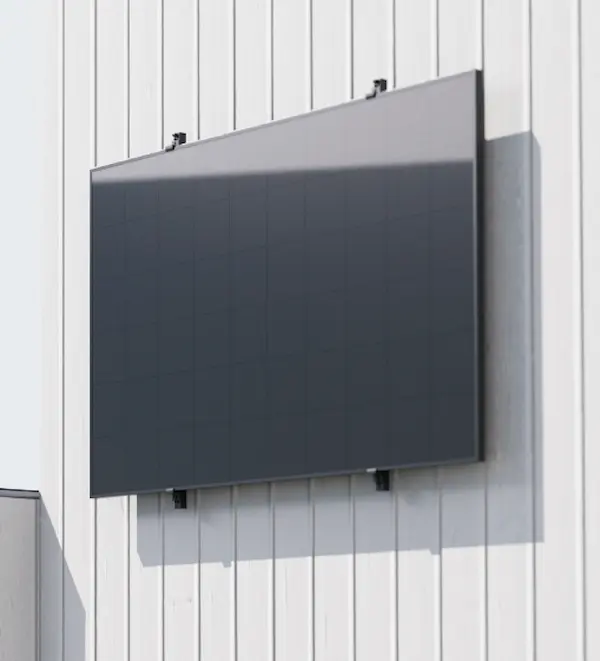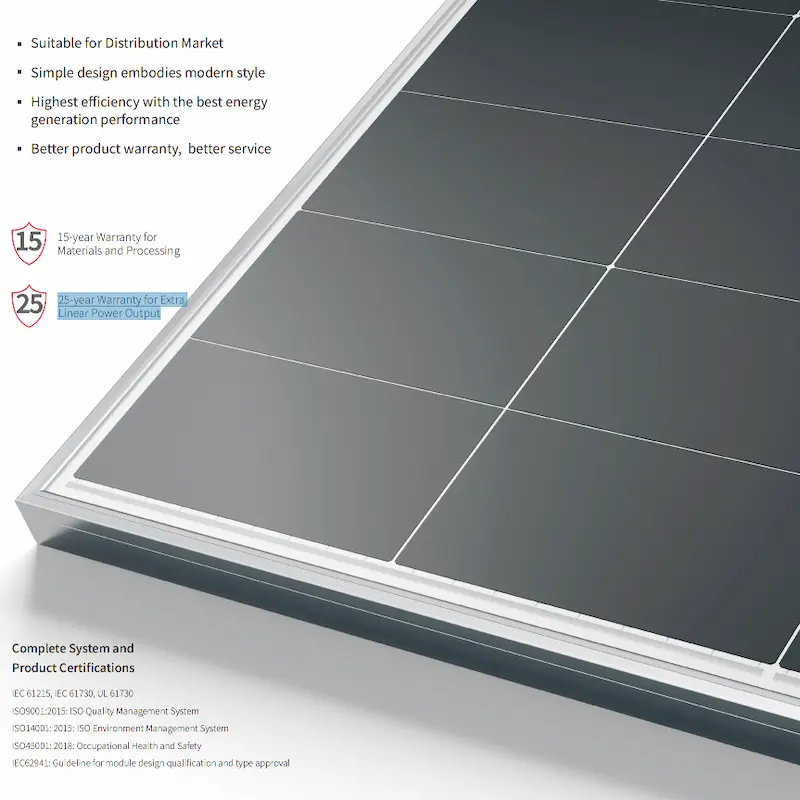Market Overview
With the global push toward carbon neutrality and clean energy, the solar industry is experiencing an unprecedented boom. A key component in this growth is the rising demand for Beslag til solpaneler, the structural backbone of any photovoltaic (PV) installation. From residential rooftops to utility-scale projects, solar panel mounting systems are playing a vital role in securing, angling, and protecting solar panels for optimal energy generation.

Technological Advancements in Solar Panel Brackets
Recent developments in Beslag til solpaneler focus on increasing installation efficiency, reducing material weight, and enhancing durability. Manufacturers are now prioritizing pre-assembled systems, corrosion-resistant materials (like anodized aluminum and stainless steel), and aerodynamic designs that reduce wind load.
In particular, the industry is seeing rapid adoption of:
Adjustable tilt brackets for maximizing solar exposure year-round
Ballasted mounting systems for flat roofs that avoid rooftop penetration
Mini rail systems for lightweight, fast installations on metal sheet roofs
Emerging Markets Fueling Growth
Countries in Eastern Europe, Southeast Asia, and Latin America are becoming major contributors to the demand for monteringsbeslag til solpaneler, driven by supportive policies and decreasing costs of solar energy. In Romania, Thailand, and Chile, new residential and industrial solar projects have created a surge in bracket procurement for both ground-mounted and rooftop systems.
According to a 2025 industry report, the global solar mounting systems market is projected to reach USD 25 billion by 2030, with solar panel brackets accounting for a significant portion of that value.
Sustainability and Recyclability
As the solar industry aligns itself with environmental goals, sustainable materials and recyclable mounting solutions are becoming a key purchasing factor. Many companies are now offering eco-friendly solar panel brackets made from 100% recyclable aluminum, designed for easy disassembly and reuse.
Konklusion
As solar installations continue to rise globally, the role of Beslag til solpaneler becomes ever more critical. Innovation, sustainability, and regional adaptation will shape the future of this essential component in the clean energy supply chain.




